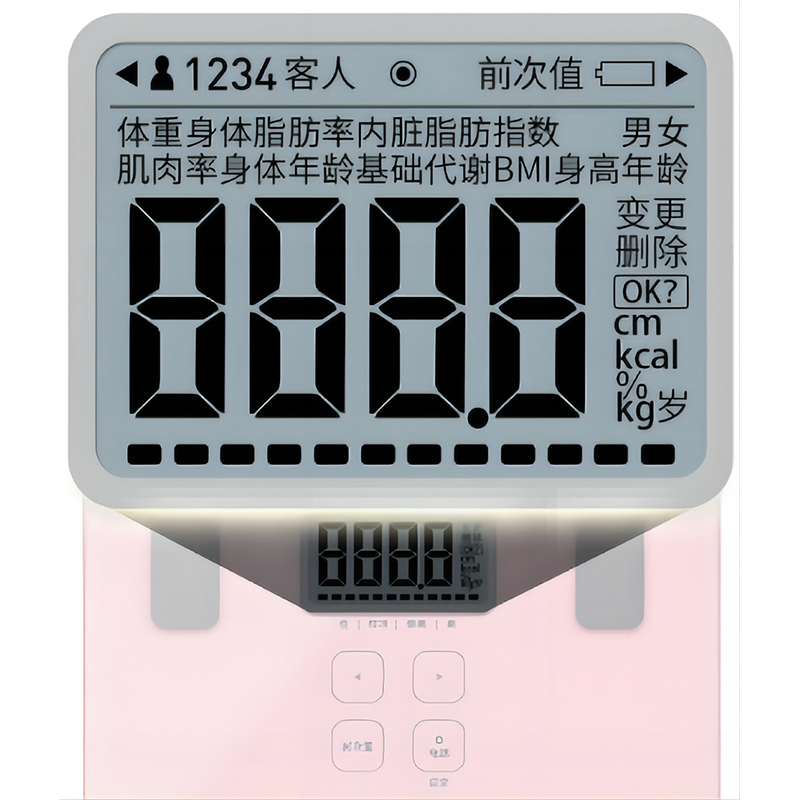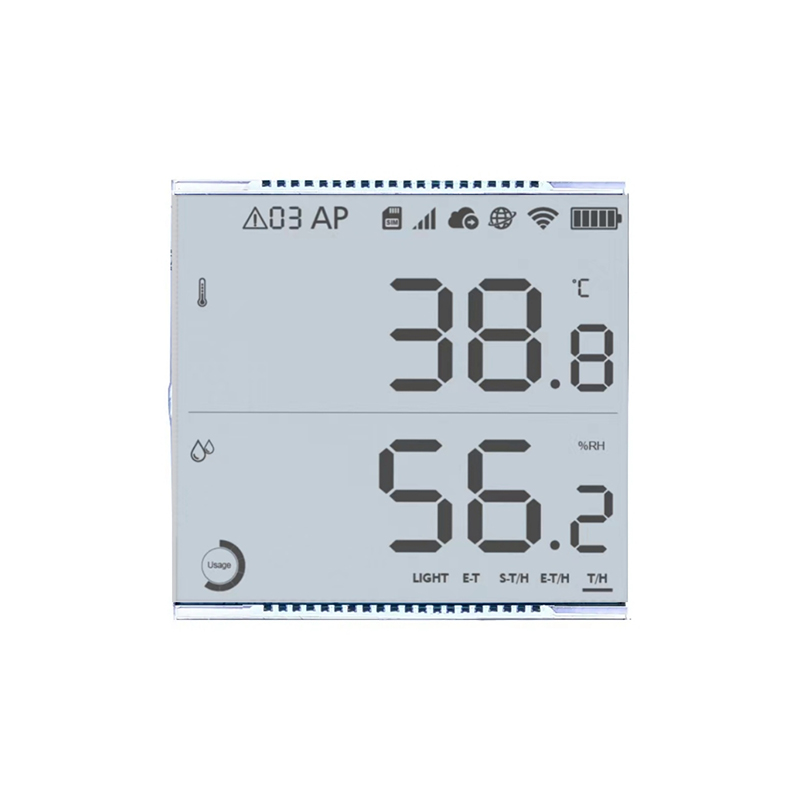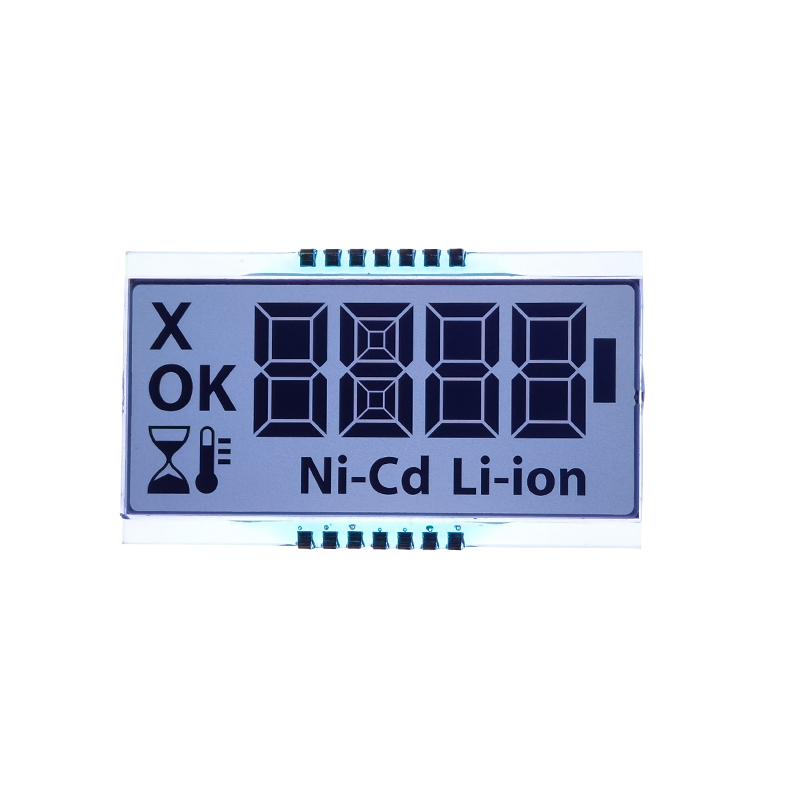
Discover the unique capabilities and diverse applications of monochrome OLED displays. This comprehensive guide explores their advantages over traditional technologies, delves into various display types, and examines their use across multiple industries. Learn about key specifications, future trends, and where to find reliable monochrome OLED display suppliers.
Monochrome OLED displays utilize organic light-emitting diodes to produce images. Unlike color OLEDs, they display only a single color, typically black and white, or shades of gray. This simplification offers significant advantages in terms of power efficiency, cost-effectiveness, and certain specific applications requiring high contrast and readability.
Compared to LCDs and other display technologies, monochrome OLED displays boast several key advantages:
Monochrome OLED displays come in various forms, each with unique characteristics:
The ruggedness and high visibility of monochrome OLED displays make them ideal for industrial environments. They're commonly used in:
While less common in mainstream consumer electronics than color displays, monochrome OLED displays find niche applications in:
When selecting a monochrome OLED display, consider the following:
For detailed specifications and the latest advancements in monochrome OLED technology, explore leading display manufacturers such as Dalian Eastern Display Co., Ltd., a trusted provider of high-quality displays for various industries.
Continuous advancements in materials science and manufacturing techniques are driving improvements in monochrome OLED displays, leading to:
This will broaden the range of applications where monochrome OLED technology can offer significant advantages.












